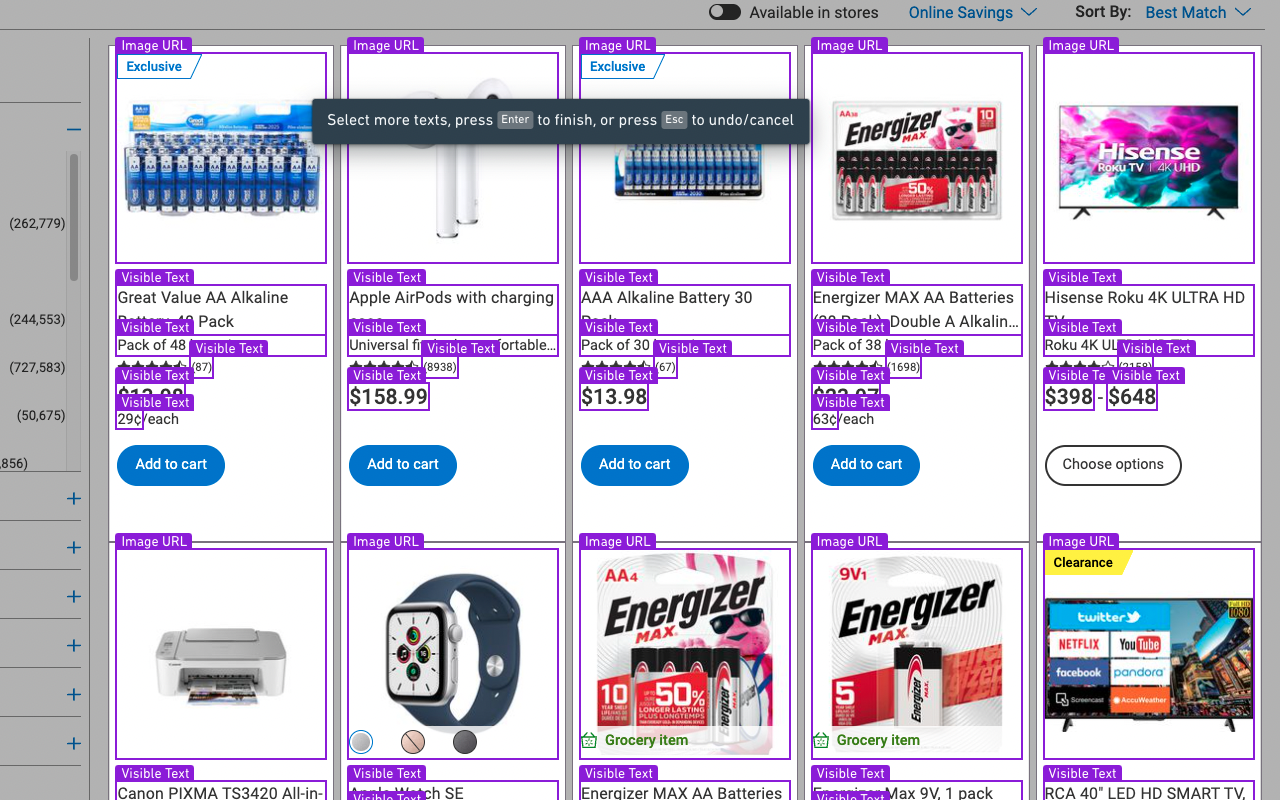For individuals and businesses that depend on real-time data, extracting and monitoring website content used to be a technical chore — complex, costly, and often brittle. Browse AI, a web-based platform founded in 2020, is changing that equation. Designed to make data extraction accessible and scalable, it now supports more than 500,000 users across industries who rely on it to convert websites into living data pipelines, all without writing a single line of code.
From Startup to Scalable Solution
The story of Browse AI starts in a modest setting: two team members bootstrapping the first version of a product they hoped would simplify how people interact with web data. What followed was a sharp upward trajectory—support from accelerators, key investments from players like Zapier, and a growing user base that now spans individuals, startups, and global enterprises. By 2023, the company hit profitability while continuing to scale features in response to user demand.
The company’s mission is grounded in democratizing access to web data. As large corporations increasingly gate their digital information behind complex architectures, small businesses and independent users are often left out. Browse AI seeks to bridge that divide by offering an affordable, low-friction toolset that anyone can use.
How It Works
Browse AI turns websites into structured, usable data sources through what it calls “robots.” These robots are created using a point-and-click interface: users select the data they need directly from a webpage, and Browse AI automates the rest. There’s no coding required, and tasks can be set to run once or on a schedule.
One standout feature is its AI-driven monitoring system. Websites change constantly, and traditional scrapers often fail when layouts are updated. Browse AI’s system adapts to these changes automatically, using intelligent pattern recognition and human-like behavior emulation to keep data flows stable. If the structure of a webpage changes, the robot can often identify and adapt without needing to be rebuilt.
Key Capabilities
- Smart Data Extraction: Users can scrape visible data from virtually any site—product listings, real estate data, job boards, contact directories, and more.
- Deep Scraping: The platform supports multi-level navigation, allowing data collection from subpages via linked robots.
- Scheduled Monitoring: Users can track changes on a page over time, receiving email notifications when updates occur.
- Tool Integrations: With over 7,000 integrations—including Google Sheets, Airtable, Zapier, and Make.com—data can flow directly into users’ preferred systems or dashboards.
- Robust Infrastructure: Built-in proxy management, rate limiting, and bot detection ensure reliability and scale, whether you’re scraping 10 or 500,000 pages.
For teams with more complex needs, Browse AI also offers fully managed services. These include custom robot building, workflow development, and ongoing maintenance—especially valuable for large-scale or compliance-sensitive projects.

Image source: Chrome Web Store
Pricing Overview
Browse AI offers flexible pricing tiers based on usage, with plans defined by credits (the unit used for data extraction and monitoring):
Free Plan:
- 50 credits/month
- 2 websites, 3 users
- Unlimited robots, full access
Personal Plan – $48/month:
- 2,000 credits/month
- 5 websites, 3 users
- Basic email support
Professional Plan – $87/month:
- 10 websites, 10 users
- Priority email support
- 5,000 credits/month
Premium Plan – starting at $500/month (billed annually):
- 60,000+ credits/year
- Custom limits and integrations
- Dedicated account manager, onboarding support, data transformation services
Each task uses credits depending on its complexity. Extracting 10 rows of data from a page uses one credit; more intricate operations, such as extracting details from subpages or monitoring changes daily, can require significantly more.
Looking Ahead
As data becomes an increasingly vital asset for decision-making, platforms like Browse AI are positioned to meet the rising demand for fast, flexible, and reliable access to web-based information. What once required custom scripts and dedicated engineers is now achievable with a few clicks—and the ability to scale up from there.
With a user-first philosophy and an expanding set of capabilities, Browse AI is helping redefine how information is gathered and used—quietly, but effectively, one robot at a time.
Sources: Browse AI
